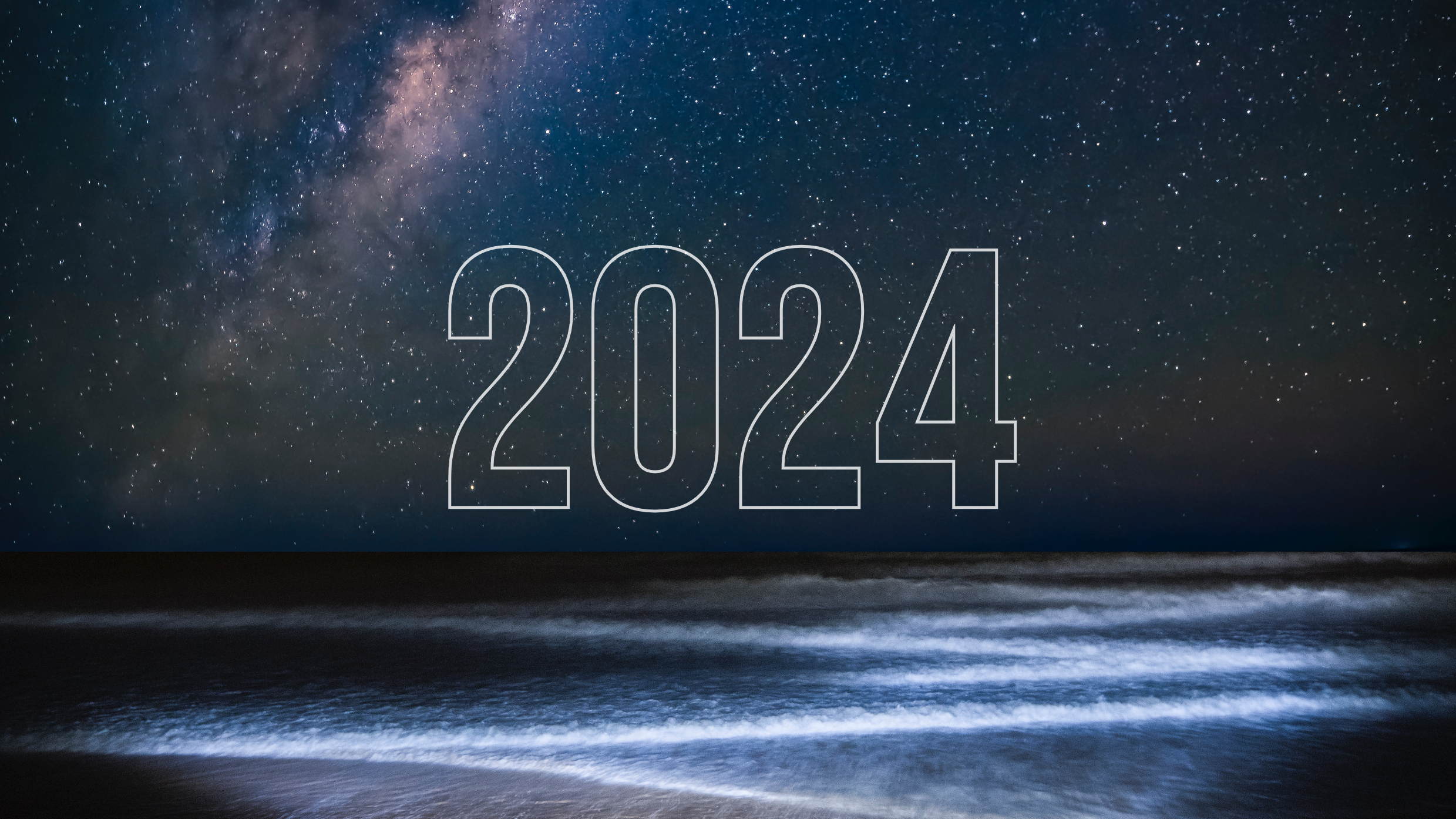Based on his insights gained over the past decade, Kristoff Van Rattinghe, chief executive at Belgium-founded IoT tracking firm Sensolus, discusses how IoT technology is developing and the trends companies can expect in 2024.
Containers, pallets, special loading racks, trailers, boxes and mobile machinery – non-powered mobile assets such as these could not be localised for a long time and were therefore almost impossible to digitise. As a result, the associated logistics processes could not be precisely managed and reliably scheduled for a company’s own processes, and buffer stock was essential. That’s different now. In 2023, IoT tracking solutions have reached maturity for the mass market.

This year, IoT has moved beyond the hype. It is increasingly integrated into everyday business operations, paving the way for its broader, more sustainable adoption across various industries. In the language of Gartner’s ‘hype curve’, IoT is out of the ‘trough of disillusionment’ and on the ‘slope of enlightenment’, moving towards the ‘plateau of productivity’.
Companies are increasingly gaining a deeper understanding of how to assess and use IoT solutions. This development will continue in 2024 as IoT technology becomes more mature, more practical and industry-specific use cases will be better mapped and supported. We see the following trends for the IoT tracking market in 2024.
1 | Vertical integration
The task – and its greatest benefit – now lies in integrating IoT technology seamlessly into companies’ IT infrastructure and business processes. After all, tracking mobile assets is only one thing. Using the derived data points to optimise business processes and reduce costs is another. Cloud-based management platforms for IoT tracking are already helping companies gain real benefits for their business beyond pure localization.
They not only display tracker locations on a map, but also ensure that thousands of them are efficiently administered and that their collected data is made available for use in other systems such as for enterprise resource planning (ERP). Powerful search and filter functions as well as visually informative maps, dashboards and panels ensure that important insights can be gained quickly and intuitively from the multitude of data.
The true potential of IoT tracking will therefore be unlocked by companies in a wide range of industries in the coming years, starting in earnest in 2024.
2 | Flexible systems
In 2024, we can expect a dynamic and challenging economic landscape, characterised by rapidly changing customer requirements. IoT tracking projects are no exception. Providers with adaptable modular IoT tracking solutions will prove to be trusted partners because they can dynamically support companies in overcoming the complex challenges of 2024.
Flexibility will be the driver for success. Numerous wireless IoT technologies such as LPWAN, BLE, Wi-Fi and UWB are widely available. Each of these technologies brings its own advantages and disadvantages – and all of them are relevant for both financial and technological considerations. In the coming year, we will see fusions between those protocols, as merging them offers companies exceptional added value.
With growing demand in diverse sectors, we will also see the rise of custom functions. Often, the greatest business value comes from the highly specific application of IoT solutions. For example, when it comes to the management platform, giving companies the ability to develop their own business logic and create customised dashboards can make all the difference. Such an approach allows them to seamlessly integrate their specific expertise, which is often closely linked to the unique requirements of their business.
3 | AI and IoT, together
AI is currently at the centre of many tech discussions and promises profound and long-lasting change. The influence of AI has also found its way into the world of IoT, leading to what is now known as AIoT. A tangible everyday example of the fusion of AI and IoT is with smart AI glasses, which can read-out texts in printed form or on displays for blind and visually impaired people, or else recognise faces, colours and banknotes.
AIoT is also becoming increasingly important in the IoT tracking of non-powered load carriers and assets. For example, localised AI on a tracker can determine when a device wakes up, what data it should collect, and when it should transmit it to the cloud. This edge-driven optimization improves data quality and extends the operating time of the trackers.
Inspired by the natural swarming behaviour of bees or ants, swarm intelligence has become a hot topic in the IoT sector. Assume that you have a supply chain with 100.000 pallets. It sounds logical to connect all of them using IoT, so each pallet talks directly to the cloud and shares its data. However, swarm intelligence says not to connect all the pallets to the internet. Instead, the logic dictates that connecting only some of them should be sufficient to understand the pattern.
Pallets that are connected locally, at a lower cost, provide additional insights. This would allow strong cost reduction in IoT to track flows of pallets – or swarms, if you will.
4 | IoT goes to space
The vision to bring connectivity via low-power IoT technology to every conceivable location is inspiring. So it’s no wonder that the IoT space race is in full swing. While most IoT tracking solutions work seamlessly with terrestrial wireless systems such as NB-IoT, LTE-M, LoRa, and 0G (Sigfox), there are situations where only satellite connectivity can really provide a solution.
These scenarios include remote operations in mining or agriculture as well as remote monitoring of the earth – for example, for the early detection of forest fires or tracking animal migrations. Advances in space technology have paved the way for numerous commercial companies to launch satellites of various sizes into orbit. This has created a lively space race for IoT connectivity, with each player bringing its own characteristics to the table.
Some are leveraging years of experience and existing satellite fleets, such as Kineis on the ARGOS system, while others are taking advantage of newer satellite constellations, such as SwarmIoT on Starlink, which is expected to be available from 2024. Some are even launching entirely new constellations with nano-satellites. One thing is very clear: the race for supremacy as an IoT connectivity provider from space has started.
Kristoff Van Rattinghe is the CEO of Belgium-founded IoT firm Sensolus. The Ghent-based scale-up was founded in 2013 and operates in a variety of industries, from aerospace, automotive and logistics to industrial manufacturing and waste management. Customers such as Airbus, Atlas Copco and AB InBev rely on Sensolus’ IoT solution on a daily basis. More than 200,000 objects can be tracked on the platform in real time.

